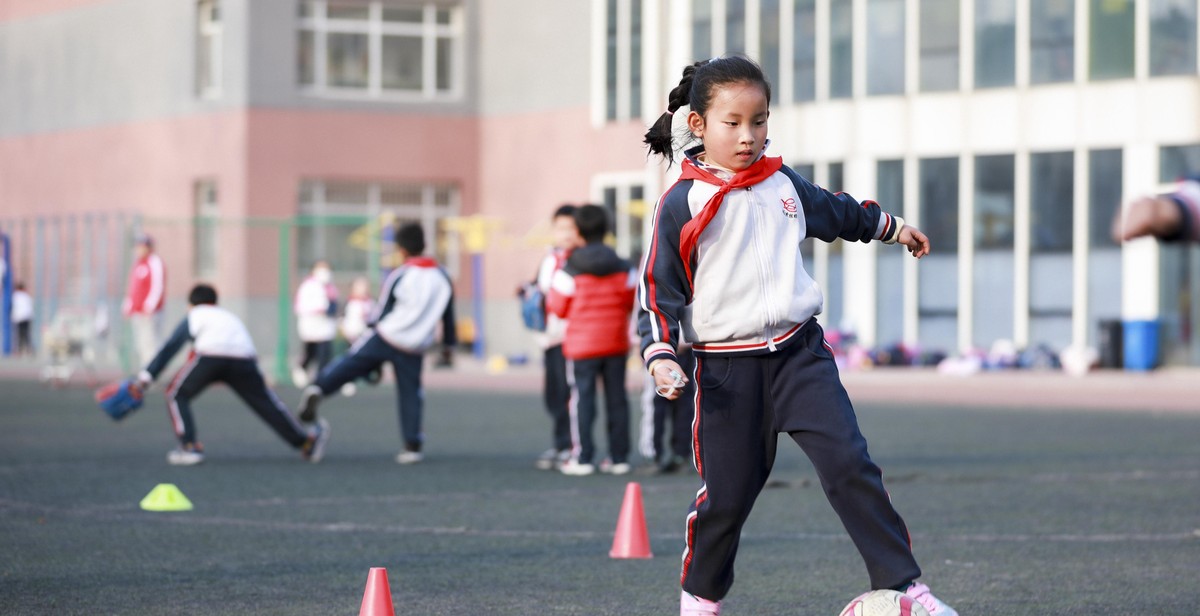How to Recover from Soccer Injuries: Rehabilitation and Return-to-Play Strategies
Soccer is a physically demanding sport that requires a lot of running, jumping, and sudden changes in direction. As a result, soccer players are at a high risk of getting injured. Injuries can range from minor sprains and strains to more serious fractures and tears. If you have suffered a soccer injury, it is important to take the necessary steps to recover properly so that you can return to the field as soon as possible.
Rehabilitation
Rehabilitation is a crucial part of the recovery process for soccer injuries. Depending on the severity of your injury, you may need to work with a physical therapist to regain strength, flexibility, and range of motion. Your therapist may also recommend exercises to help you improve your balance and coordination, which are important for preventing future injuries.
Return-to-Play Strategies
Returning to play too soon after an injury can be dangerous and can lead to further damage. It is important to follow a gradual return-to-play strategy that allows your body to adjust to the demands of the sport. This may involve starting with light training and gradually increasing the intensity and duration of your workouts.
It is also important to listen to your body and not push yourself too hard. If you experience pain or discomfort, it is a sign that you need to slow down and give your body more time to heal.
Conclusion
Recovering from a soccer injury can be a long and challenging process, but with the right rehabilitation and return-to-play strategies, you can get back to the sport you love. By taking the time to properly recover, you can reduce your risk of future injuries and improve your overall performance on the field.

Understanding Soccer Injuries
Playing soccer can be a fun and rewarding experience, but it also comes with the risk of injury. Soccer is a physically demanding sport that requires players to run, jump, and change direction quickly, which can put a lot of stress on the body. In this section, we will discuss some of the most common soccer injuries and their causes.
Common Soccer Injuries
Some of the most common soccer injuries include:
- Ankle sprains: Ankle sprains occur when the ligaments in the ankle are stretched or torn. This can happen when a player lands awkwardly or changes direction suddenly.
- Knee injuries: Knee injuries can range from minor sprains to more serious ligament tears or cartilage damage. These injuries can occur when a player lands awkwardly or collides with another player.
- Hamstring strains: Hamstring strains occur when the muscles in the back of the thigh are stretched or torn. This can happen when a player overextends the leg while running or kicking.
- Concussions: Concussions are a type of traumatic brain injury that can occur when a player’s head hits another player or an object, such as the ground or a goalpost.
Causes of Soccer Injuries
There are several factors that can contribute to soccer injuries, including:
- Overuse: Playing soccer for extended periods of time without proper rest can lead to overuse injuries, such as stress fractures or tendonitis.
- Poor conditioning: Players who are not in good physical shape may be more prone to injury, as their muscles and joints may not be strong enough to handle the demands of the sport.
- Poor technique: Using improper technique when running, jumping, or kicking can put extra stress on the body and increase the risk of injury.
- Playing surface: The type of surface on which soccer is played can also affect the risk of injury. Playing on a hard surface, such as concrete or artificial turf, can increase the risk of ankle and knee injuries.
- Collision with other players: Colliding with another player can cause a wide range of injuries, from minor bruises and cuts to more serious head, neck, or spinal injuries.
| Injury | Cause |
|---|---|
| Ankle sprains | Ligament stretching or tearing from sudden changes in direction or awkward landings |
| Knee injuries | Minor sprains to more serious ligament tears or cartilage damage from collisions or awkward landings |
| Hamstring strains | Muscle stretching or tearing from overextension of the leg while running or kicking |
| Concussions | Brain injury from head collision with another player or object |
Understanding the common soccer injuries and their causes can help players take steps to prevent them. In the next section, we will discuss some rehabilitation and return-to-play strategies for soccer injuries.

Rehabilitation Strategies for Soccer Injuries
Recovering from a soccer injury can be a long and challenging process. However, with the right rehabilitation strategies, you can speed up your recovery and return to play sooner.
Rest and Recovery
One of the most important aspects of rehabilitation is rest and recovery. Depending on the severity of your injury, you may need to take some time off from playing soccer. During this time, it is essential to rest and allow your body to heal.
Resting doesn’t mean you have to be inactive. Gentle exercises such as walking or swimming can help promote blood flow and speed up the healing process. Make sure you listen to your body and avoid any activities that cause pain or discomfort.
Physical Therapy
Physical therapy is a crucial part of the rehabilitation process. A physical therapist can help you regain strength, improve flexibility, and prevent future injuries. They will work with you to create a personalized rehabilitation program based on your specific needs and goals.
Physical therapy may include exercises such as stretching, range of motion exercises, and strengthening exercises. Your physical therapist may also use modalities such as heat or ice therapy, ultrasound, or electrical stimulation to help reduce pain and inflammation.
Strength and Conditioning
Strength and conditioning exercises can help you regain strength, improve endurance, and prevent future injuries. Your rehabilitation program may include exercises such as squats, lunges, and plyometric exercises to improve your lower body strength. Upper body exercises such as push-ups, pull-ups, and shoulder presses can also be included.
It is essential to work with a qualified strength and conditioning coach to ensure you are doing the exercises correctly and safely. They can also help you progress your exercises as you regain strength and endurance.
Nutrition
Nutrition plays a crucial role in the rehabilitation process. Eating a balanced diet that includes lean proteins, complex carbohydrates, and healthy fats can help speed up the healing process and provide the energy you need to complete your rehabilitation program.
Make sure you stay hydrated by drinking plenty of water throughout the day. Avoid sugary or processed foods that can cause inflammation and slow down the healing process.
Conclusion
Recovering from a soccer injury can be a long and challenging process. However, with the right rehabilitation strategies, you can speed up your recovery and return to play sooner. Rest and recovery, physical therapy, strength and conditioning, and nutrition are all essential components of a successful rehabilitation program.
| Strategy | Description |
|---|---|
| Rest and Recovery | Allow your body to heal and avoid any activities that cause pain or discomfort. |
| Physical Therapy | Work with a physical therapist to regain strength, improve flexibility, and prevent future injuries. |
| Strength and Conditioning | Improve your strength and endurance with exercises such as squats, lunges, and plyometrics. |
| Nutrition | Eat a balanced diet that includes lean proteins, complex carbohydrates, and healthy fats to speed up the healing process. |

Return-to-Play Strategies
Returning to playing soccer after an injury can be a challenging experience. However, with the right rehabilitation and return-to-play strategies, you can safely and confidently get back to the game you love.
Gradual Return-to-Play
Gradual return-to-play is a critical strategy that involves a step-by-step progression back to full participation. It is crucial to avoid rushing back too soon, as this can lead to re-injury or further damage. Your healthcare provider will help you develop a gradual return-to-play plan, which may include:
- Light aerobic exercise
- Strength and conditioning exercises
- Skill-specific drills
- Non-contact training
- Full-contact practice
Sports Psychology
Returning from an injury can be mentally challenging, and sports psychology can help you overcome the psychological barriers that may be holding you back. Working with a sports psychologist can help you develop a positive mindset, set realistic goals, and overcome any fears or anxieties you may have about returning to the game.
Injury Prevention
Preventing future injuries is just as important as recovering from an existing one. Incorporating injury prevention strategies, such as proper warm-ups, cool-downs, and stretching, can help reduce the risk of future injuries. Additionally, wearing appropriate protective gear, such as shin guards and ankle braces, can also help prevent injuries.
| Injury Prevention Strategies: | |
|---|---|
| Proper warm-up and cool-down | Appropriate protective gear |
| Stretching exercises | Proper technique and form |
